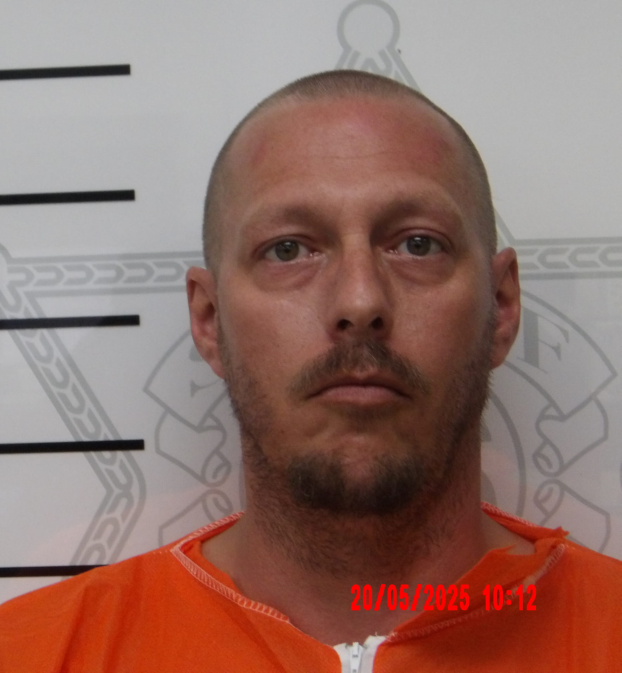Real money always feels different
Published 10:22 am Wednesday, May 21, 2025

- TJ Ray
By TJ Ray
Columnist
The very pleasant clerk took my $20 bill and stroked across it with some sort of pen. At that moment, a question came to my mind, and I asked her: “What are you supposed to do if the bill is counterfeit?” She paused and said she didn’t know because no one had ever told her.
Some weeks later in another chain store, I stood and watched someone use that special pen on every $5 bill that came over the counter. Most recently,y I saw a clerk take a Benjamin Franklin and hold it up to the light. Ah ha, I thought. You’re too lazy to pick up the magic wand and pass it over the money.
Welcome to my world of currency ignorance. First confession: I had thought the pen was capable of detecting all fake money. In a word, NO. Second admission, banks don’t expect five dollar bills to be checked for authenticity. (And, thankfully, they are willing to let all the George Washingtons in the world pass unchecked.) Third revelation: The clerk who verified a bill by holding it to the light exercised the best technology around.
What she saw (and you can too) is the embedded strip that is in each bill. Looking at bills of several denominations, one can see that the strips are at different points in them. Evidently counterfeiters have not devised a way to fake those strips.
Hold a $20 up to a strong light to check this. Notice in all bills issued in recent years that a smaller, fairly dim copy of the appropriate president’s image is on the right side of the bill, a very difficult detail to fake. Also notice that in the lower left corner to the right of the value number is a border of short vertical stripes above some horizontal stripes. With a magnifying glass you will see that words are printed between two of those horizontal strips.
Finally—and this one is quite subtle—real money feels different than other papers. This morning I handled some counterfeit bills and some real ones.
After a few minutes, the difference seemed real.
The answer to my query of the first clerk is that she should notify her superior, who is to flag it and report it to the bank where business deposits are made. The bank, in turn, notifies the FBI. The store or individual that discovered the fakery is simply out that much money.
If fake money is floating around, as it has for centuries, so too are fake checks. Scam artists have figured out that quicker money is to be made with a $2,000 fake check than with a stack of counterfeit Andrew Jacksons.
Unexpected checks, for instance, from some sweepstakes one didn’t enter, come with instructions to cash them, keep a certain amount, and return the rest. The bank subsequently notifies the “loser” that the check was a fraud and he or she then must pay the bank back whatever was withheld. It is amazing how real such checks look and how convincing the letters are that usually comes with them.
Ah, me! Guess I’ll have to buy a better printing press and shop around for better paper. In the meantime, hold on to bills with the picture of Jefferson Davis on them. They may not be worth a Continental.





